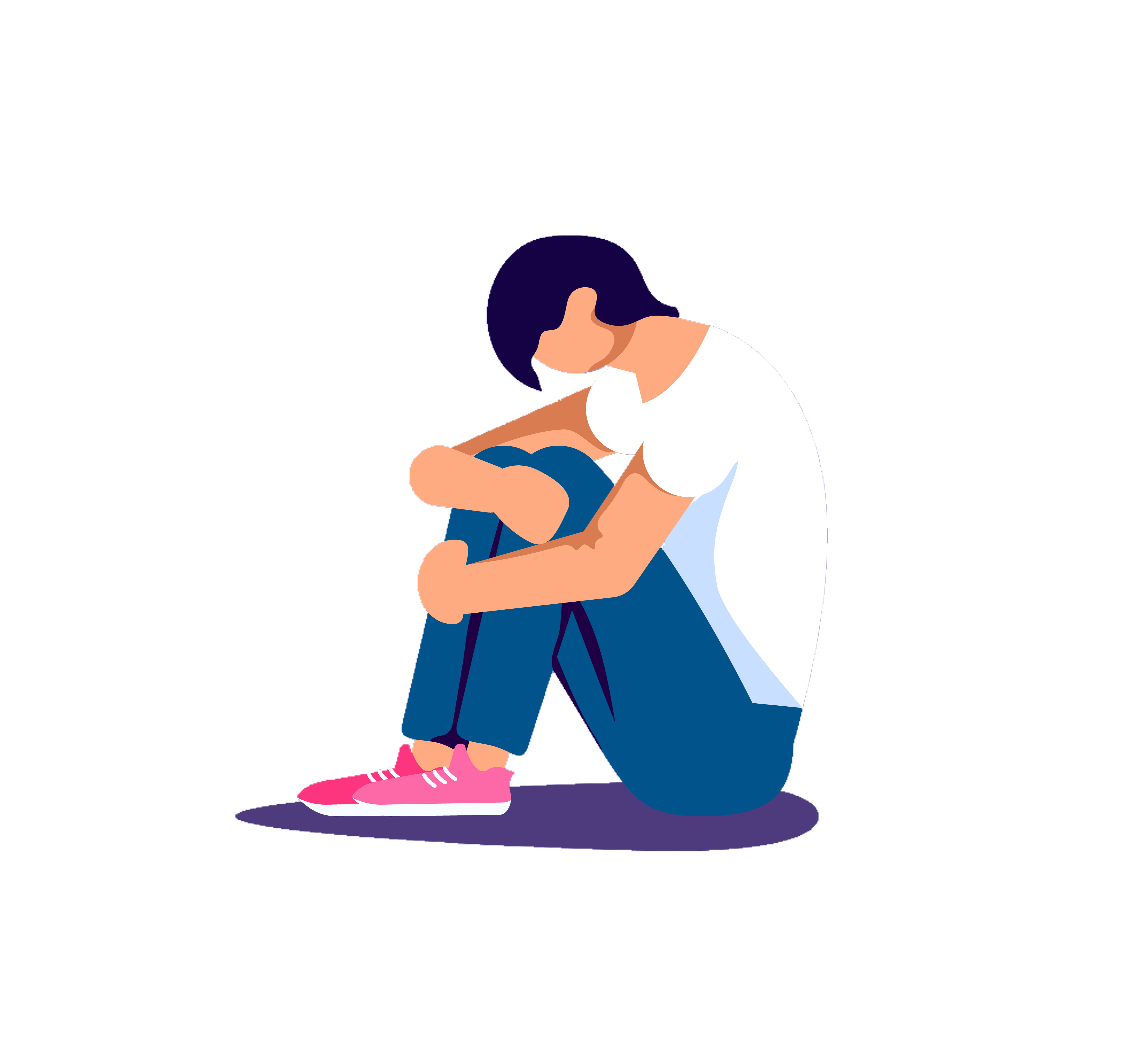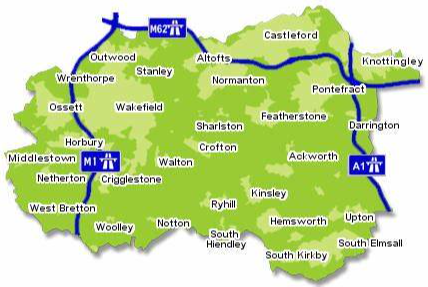Last reviewed October 2024
One Minute Guide to Alcohol Use

What is Alcohol use?
Alcohol use in children and young people under the age of 18yrs is illegal.
It can cause harm to health, relationships, and wellbeing. Alcohol use is different from addiction, which is a chronic disease that makes it hard to quit. One form of alcohol use is polysubstance use, which is using alcohol and other substances together, this can be extremely dangerous, unpredictable, and even lead to
death.
Signs of a substance use problem
When a person first starts drinking alcohol, they may think they can control how much they use. But over time, they may need more alcohol to get the same feeling or effect. For some people, this can lead beyond use to addiction.
Signs of a problem with alcohol use may include:
- Lack interest in things they used to love.
- Changes in friendship groups.
- Stop taking care of themselves.
- Spend more time alone than they used to.
- Eat more or less than normal.
- Sleep disturbance or sleeping more.
- Have problems at school, work or with family.
- Switch quickly from feeling positive to negative.
- Crave or strongly desire to use the substance.
- Hangovers – feeling dizzy, nauseous and headache.
These symptoms can also be typical behaviours of teenagers; therefore, it is important to talk openly and support the young person.
Alcohol affects everyone differently. But if a person drinks too much and too often, their chance of an injury or accident goes up. Heavy drinking can also cause liver and other health problems or lead to a more serious alcohol disorder.
The recommended allowance for an adult is 14 units of alcohol a week.
A unit of alcohol is 8g or 10ml of pure alcohol, which s about:
- half a pint of lower to normal-strength lager/ beer/cider (ABV 3.6%)
- a single small shot measure (25ml) of spirits (25ml, ABV 40%)
- A small glass (125ml, ABV 12%) of wine contains about 1.5 units of alcohol.


Local Wakefield Data
- In Wakefield, the number of young people (under the age of 18) in treatment between 2022-2023 was 65. 40 of these young people were male and twenty-five were female.
- Cannabis remains the most common substance used. 92% of these young people in treatment reported that they used cannabis.
- 23% reported Alcohol use, 8% reported Ecstasy use, 15% reported Cocaine use and 8% reported Ketamine use. 15% reported ‘other’ substance use.
Young People in Treatment (2022/23)
- Under 14yrs – 8%
- 14-15yrs – 46%
- 16-17yrs – 46%
Who to contact for help and support in the Wakefield District:
If you are concerned about a child or young person involving drug or alcohol use, you can contact the services signposted below for help, advice, and support.
- Turning Point Inspiring Futures – Inspiring Futures is the drug and alcohol service for young people and young adults under 25. They provide non-judgmental, tailored support and advice for young people who feel they need help with their drug and/ or alcohol use.
- Turning Point Inspiring Families – A specialist support service for family and carers who are directly affected by a person’s substance use. This can be individual support or part of their 5-step program.
- Turning Point Inspiring Recovery – Offer support and promote wellbeing and recovery from drug and alcohol related issues. Turning Point tailor packages to meet individual needs offer MOPSI (Models of Psychosocial Interventions), group work, mindfulness interventions, help with physical and mental health needs, in house Specialist Social Work support and a robust care pathway for those needing specialist dual -diagnosis interventions
- WF-I-Can – is an online advice service for all children and young people across the Wakefield District including useful information and advice about drugs and alcohol and where to go for help and support.
If you have a safeguarding concern but there is no immediate danger, please call 0345 8503503 in the first instance to speak to the Integrated Front Door team. In an emergency, you can call the Police on 999.

National trends in age and treatment
- There were 12,418 young people in contact with alcohol and drug services between April 2022 and March 2023.
This is a 10% increase from the previous year (11,326) but a 13% reduction in the number in treatment since 2019 to 2020 (14,291), and 50% lower than a peak of 24,494 in 2008 to 2009.
National Drug & Alcohol support services:
There are many organisations that can support individuals or families who need help, advice, or support in relation to drugs and alcohol. If you have concerns, here are a list of useful websites to signpost for help.
- Barnardo’s
- Adfam
- Mind
- NHS
- Alcohol Change
- Alcoholics Anonymous (AA) (Self-help groups)
- Nacoa
- The Wakefield Risk and Resilience Framework
- Addaction
Education guidelines
RSHE (Relationship, Sex and Health Education) guidelines – Statutory guidance on relationships, sex and health education can be found here, this includes support to lesson plans, policies and RSHE information and guidance.
West Yorkshire Police Education Programme – Wakefield schools can register on Pol-Ed to gain access to free lesson plans which can be adapted to meet the needs of pupils.
Risk and Resilience Framework – All professionals working with children, young people and families are
encouraged to access the framework, the framework provides practitioners with evidenced based tools to support both individuals and group/whole school approaches.


